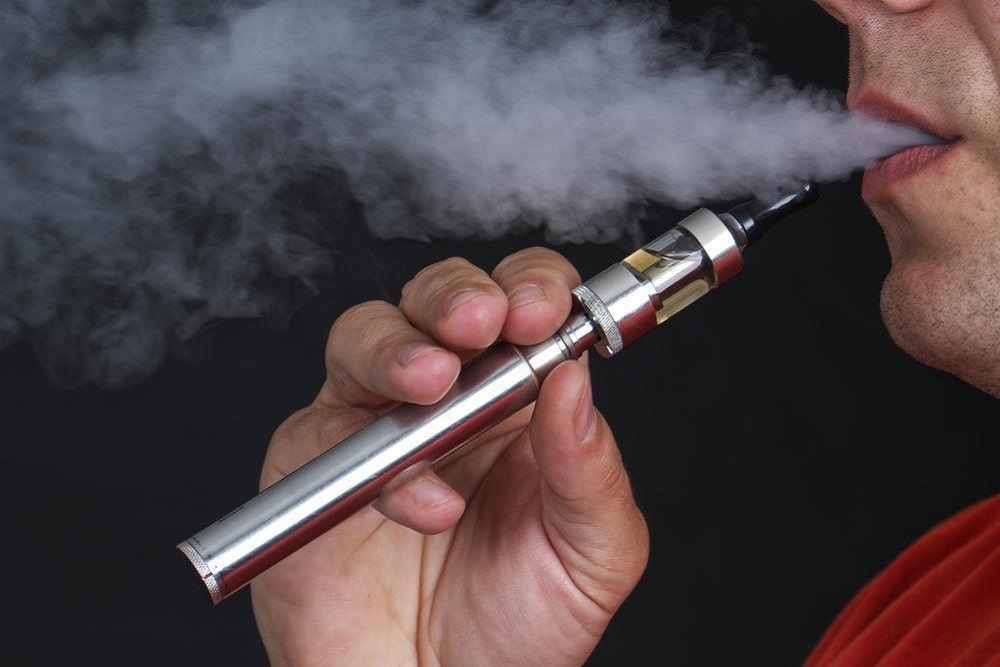
The board president for the Consumer Advocates for Smoke-free Alternatives Association (CASAA) recently spoke out against the U.S. Food and Drug Administration’s (FDA) current $60 million dollar anti-vaping television campaign, calling the spots “propaganda” and “sloganeering.”
“It really doesn’t help teens,” Bruce Nye told FDA Health News. “We’ve got two problems. One is reducing the harm facing 35 million Americans who smoke, and two is reducing the adolescent experimentation with adult vices – that includes vaping, tobacco, drinking, sex, and drugs both legal and illegal. These are two very different and very separate problems, and what the FDA is trying to do is solve them with one solution, and it’s destined to fail.”
The FDA’s new “The Real Cost” initiative started last month and features one commercial where street magician Julius Dein transforms a vaping device into a cigarette, conveying the intended message that kids who vape will eventually end up smoking cigarettes. Nye, however, disagrees with the message, saying it is misinforming children and adults.
He states that the ads fail to acknowledge that there is already proven information that vaping is intended as a safer alternative to smoking cigarettes for adults, referring to former FDA head Dr. Scott Gottlieb’s statements on how tobacco smokers switching to vaping is a safer method.
“We’re promoting a cognitive dissonance that Dr. Gottlieb has already admitted that if we can get every smoker to switch to vaping, that would benefit public health,” Nye said. “Teens are now led to wonder, 'Which is it? A way out of smoking, or a way toward smoking?' That’s the kind of mixed messaging that is counterproductive to our adolescents and harms the adults who are trying to find a way out of the smoking habit. It’s doing nobody any good.”
Nye also referred to a research article conducted by Lynn T. Kozlowski titled “Minors, Moral Psychology, and the Harm Reduction Debate: The Case of Tobacco and Nicotine” that was published by Duke University Press. The article’s research shows that, while not completely safe, vaping is “90 percent less harmful than cigarettes.”
Nye understands there are certain health risks for teens and adults who vape, but he believes there should be a stronger campaign that teaches television viewers about both the positive and negative effects of vaping while leaving it up to the viewer to make the decision for themselves.
“We need to be telling the truth about vaping as being an adult alternative to smoking featuring the real faces of vapers, who are by and large parents and grandparents of many of these teens, and associating vaping with a way out of smoking,” Nye said. “If we did that, we can ask the questions, 'Do you smoke? Are you trying to quit?' Teens who are experimenting use peer pressure to help guide behavior away from the experimentation if the answer is no. The implication being, why experiment with something for smokers that doesn’t make you cool? That would be a much better campaign overall as it would promote vaping for who it’s intended to help while highlighting the negative social association for teens.”
Nye calls for the FDA to start educating the public on the real truth of vaping.
“We have to tell our teens the truth and we have to teach them to manage risky behaviors," he said. "In short, we have to stop failing our kids and do the right thing to help them develop and to help the adults.”




